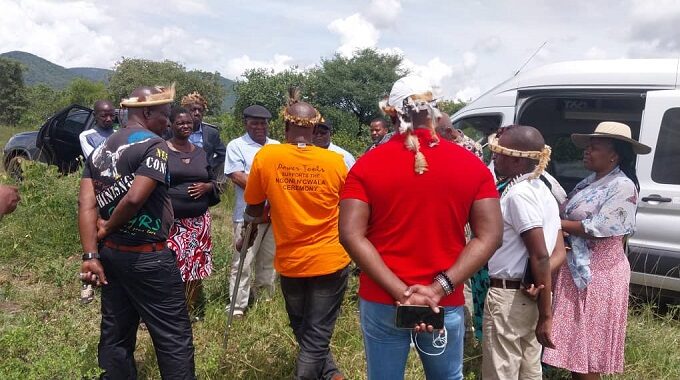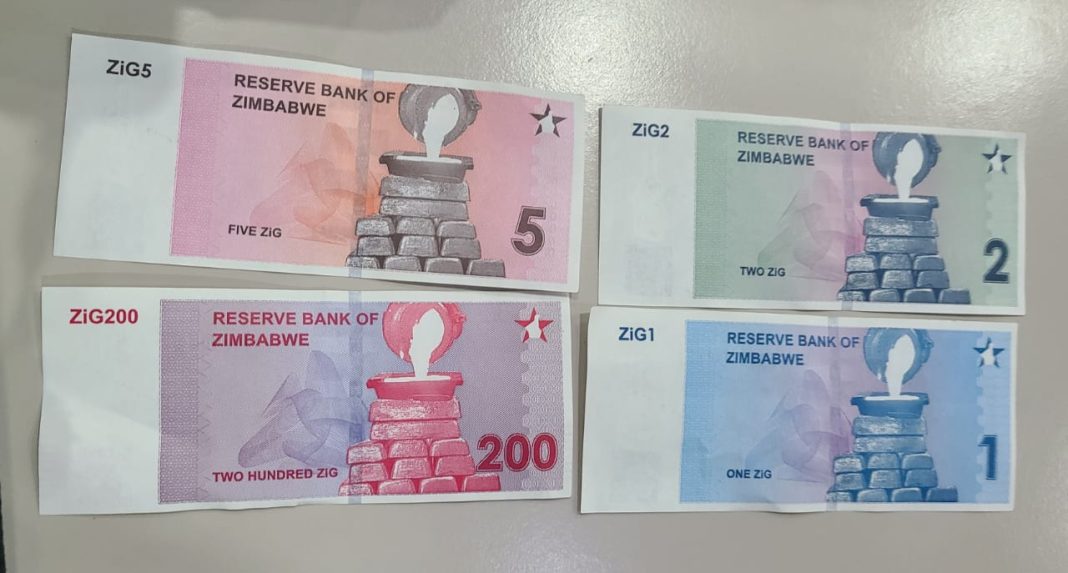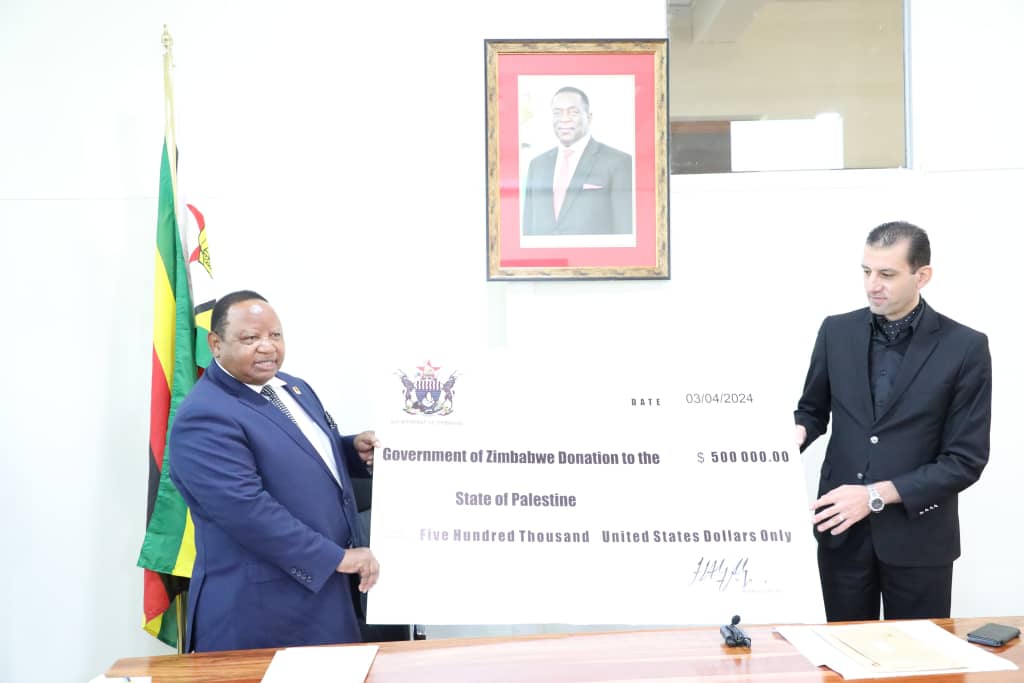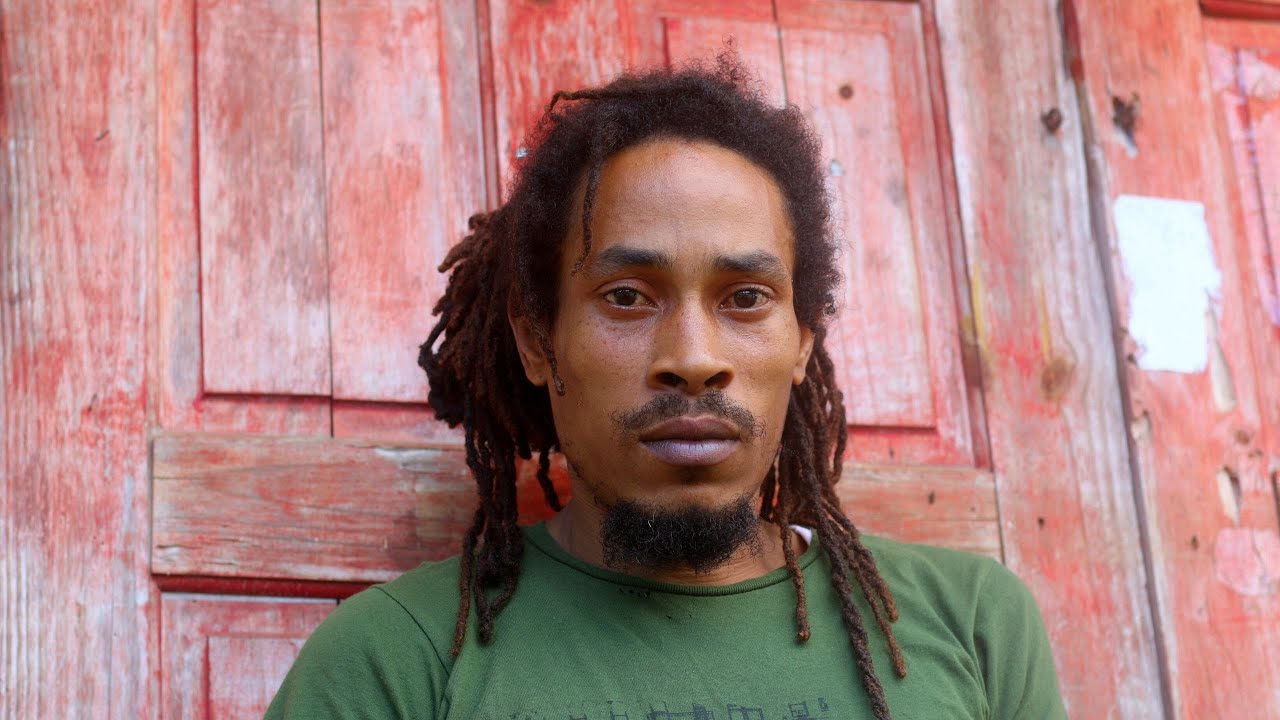FOR over a century, it has been in the public domain that the Ndebele monarch, King Lobengula “disappeared” soon after crossing the Shangani River.
However, there is new information that he went on to live in neighbouring Zambia among King Mpezeni’s people in Chipata and was entombed at Sanjika Cave in line with Ndebele customs.
King Lobengula was last seen on December 4, 1893, when he rested under a Mutswiri (Leadwood) tree soon after the famous Pupu Battle during which King Lobengula’s Imbizo Regiment under General Mtshane Khumalo killed settler forces’ commander Major Allan Wilson and his fighters.
Despite their superior weaponry comprising Maxim guns and cannons, Major Wilson and his forces were killed by King Lobengula’s brave warriors.
The epic battle that was fought on the shores of the Shangani River, symbolised the beginning of a protracted resistance against the settler colonial regime.
Until recently, a tapering stone pillar with names of a 34-soldier unit of the British South African Company (BSAC) that was ambushed and annihilated by more than 3 000 Ndebele warriors, was the only structure erected as a landmark by the Rhodesian government.
The obelisk has 34 names of Major Wilson’s patrol inscribed on it. In telling the story of the Battle of Pupu, the colonialists deliberately overlooked the Ndebele perspective. The Government has taken a bold step to correct a one-sided narrative of the famous Battle of Pupu, which for many years deliberately overlooked the African perspective.
Under President Mnangagwa, the Second Republic has made an undertaking to correctly portray and promote the country’s rich history and cultural heritage.
For 130 years, it has been on public record that King Lobengula disappeared after the Battle of Pupu.
There was, however, a narrative that the king later crossed over to Zambia.
Renowned historian, Mr Pathisa Nyathi recently led a delegation comprising the Khumalo family and Government officials to the neighbouring country on a fact-finding mission. President Mnangagwa funded the trip.
The delegation established that upon his arrival in Zambia, King Lobengula lived among the Ngoni people under Chief Mpezeni.
From the latest information gathered, it emerged that it took the Ndebele monarch four months to reach Zambia after the Battle of Pupu, where he settled among King Mpezeni’s people in Chitapa, about 100km from that country’s border with Malawi. His escape is said to have been aided by the then Chief Pashu Sianganza, who helped him cross the mighty Zambezi River.

They then decoyed the colonialists, by killing General Magwegwe Fuyana and placed King Lobengula’s artifacts on his purported grave to trick the enemy into believing that he was dead.
Mr Nyathi on March 22, accompanied by King Lobengula’s descendent, Mr Midard Khumalo, National Museums and Monuments of Zimbabwe researcher, Ms Senzeni Khumalo, and Deputy Chief Secretary in the Office of the President and Cabinet in Charge of Social Service, Reverend Paul Damasane embarked on the fact-finding mission to Zambia.
Zimbabwe’s Ambassador to Zambia, Ms Charity Charamba, and her counterpart representing the country in Malawi, Dr Nancy Saungweme facilitated the delegation to meet King Mpezeni who confirmed that King Lobengula lived with them, and was buried among them.
“Beyond Pupu, what happened to the King? that is the question that we need to answer,” said Mr Nyathi, as he chronicled how King Lobengula, sought refuge among the Ngoni people.
“The King never disappeared, but crossed the Zambezi River and settled in Chipata after four months and he lived with the Ngoni people for four years. So, when we arrived they confirmed they knew King Lobengula.
“They told us they were disappointed because we came too late, when the people who actually saw him had already passed on. King Lobengula died in 1897.”

Mr Nyathi said they established King Lobengula was laid to rest at Sanjika Cave.
He said King Mpezeni’s people also showed them the site where King Lobengula was buried in line with the Ndebele traditions.
“But even when he died, the exact spot was kept a closely guarded secret but to some of us that is not a problem. Some cultures will use archaeology, others will use geo-physical surveys and Africans do these things their own way,” said Mr Nyathi.
Mr Nyathi said it was critical to engage the Government considering that King Lobengula was also a Head of a State who died in a foreign land.
“The President availed the resources after he was briefed by Rev Damasane because he understands our culture, he supports us. It is not the end, and commissioning of the Pupu Battlefield Memorial Site has since been done,” he said.
Mr Nyathi said from their trip, they also gathered that King Lobengula became an advisor to King Mpezeni given that they were in the same predicament of colonial oppression. He said King Mpezeni’s people also narrated how the whites looted their cattle.
“They looted Ngoni cattle and the people who were telling us said those cattle were auctioned in Salisbury, and we also know that this is what they did with Ndebele cattle. Thousands of them were confiscated,” said Mr Nyathi.

Narrators of historical events of how King Lobengula arrived in Chipata Zambia and resided in the area near Ekuphendukeni where King Mpezeni resided.
“Upon his death, King Lobengula’s grave was kept a closely guarded secret.”
King Lobengula’s descendent, Ms Senzeni Khumalo said they are excited about the discovery.
She said the trip was important as it provided a link to how King Lobengula moved from the Mutswiri tree where he was last seen to Zambia where he died.
“Our Pupu Battlefield story ends at the Mutswiri tree and what happened after that is the research that we are doing, starting from the Mutswiri tree to Zambia where the paramount King Mpezeni is,” she said.
“We were welcomed by the paramount chief and the Ngoni people and they showed us where King Lobengula was laid to rest.”
“We didn’t go there directly to the cave, but we stood at a distance probably about 800 metres away. Our aim was to conduct research and get information from King Mpezeni and his people. We got the narrations from the local community. We are going to publish a book about our trip.”-Chronicle






